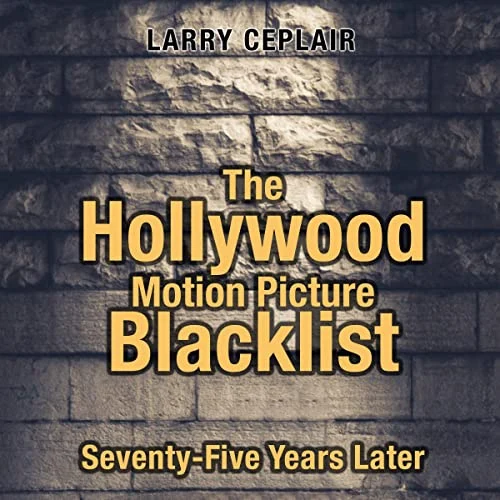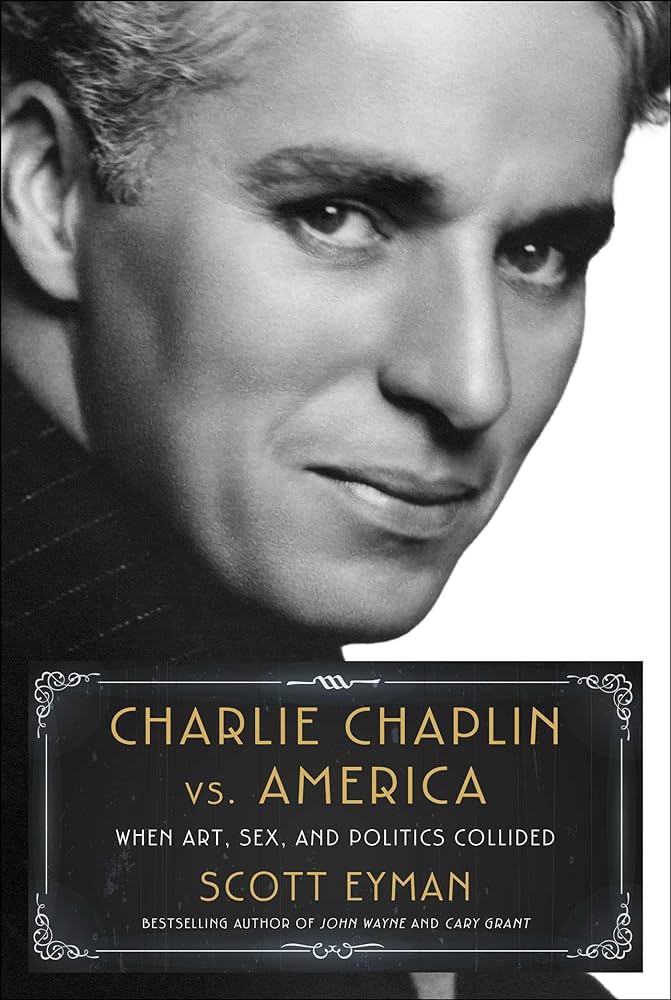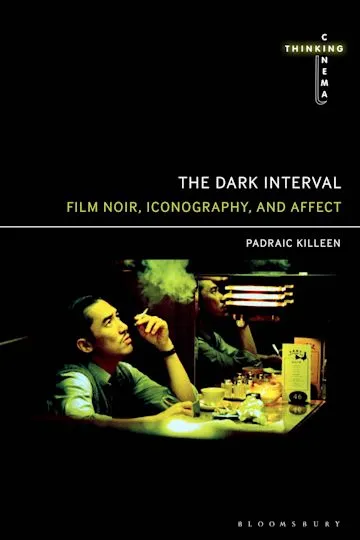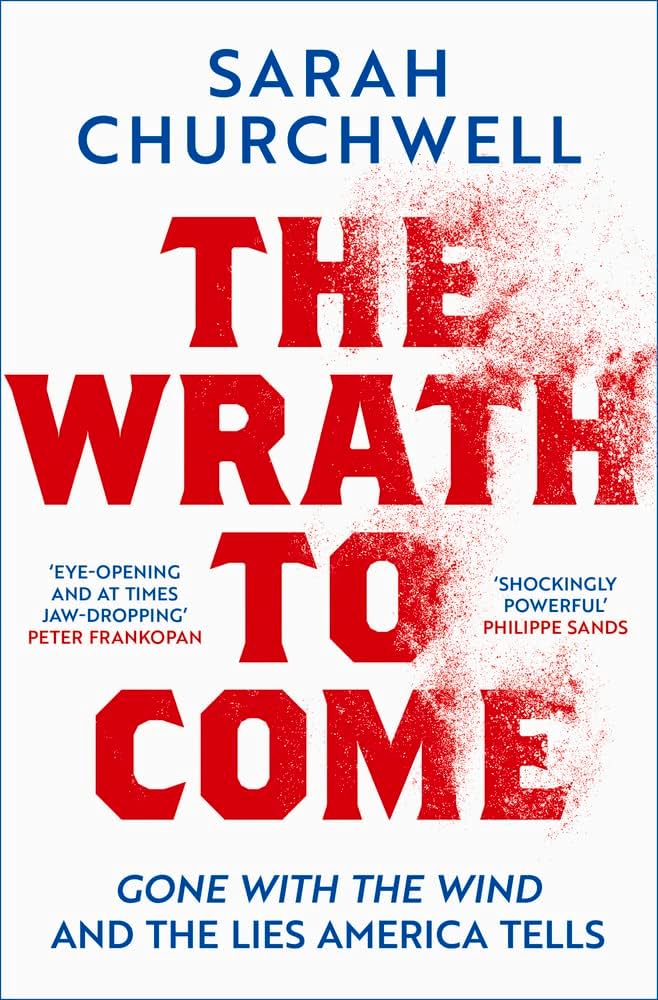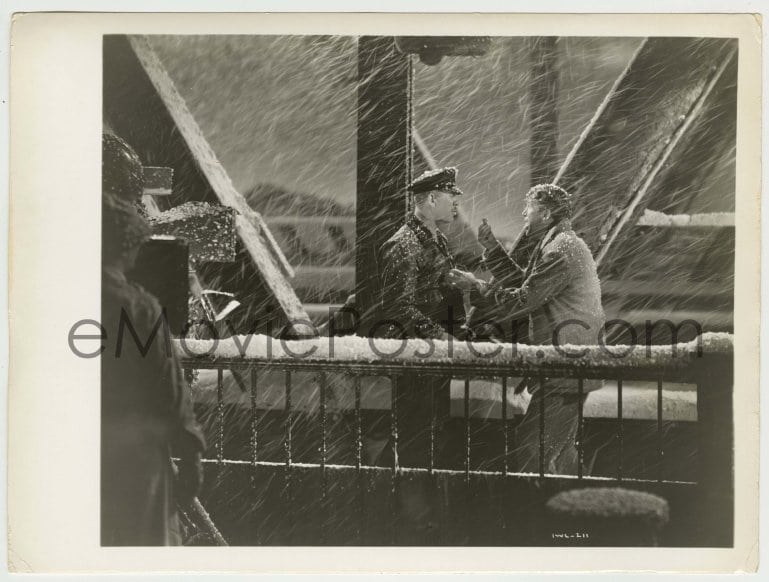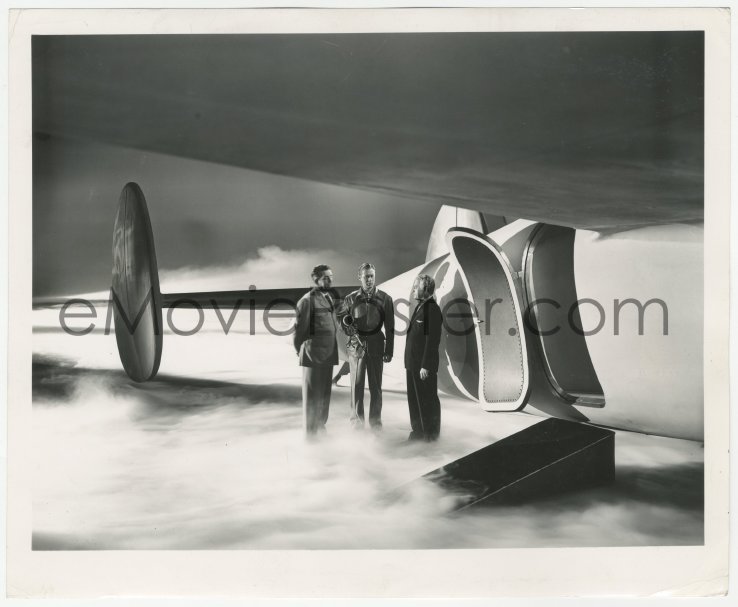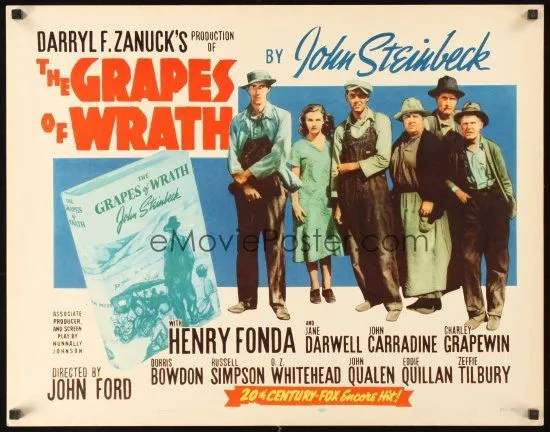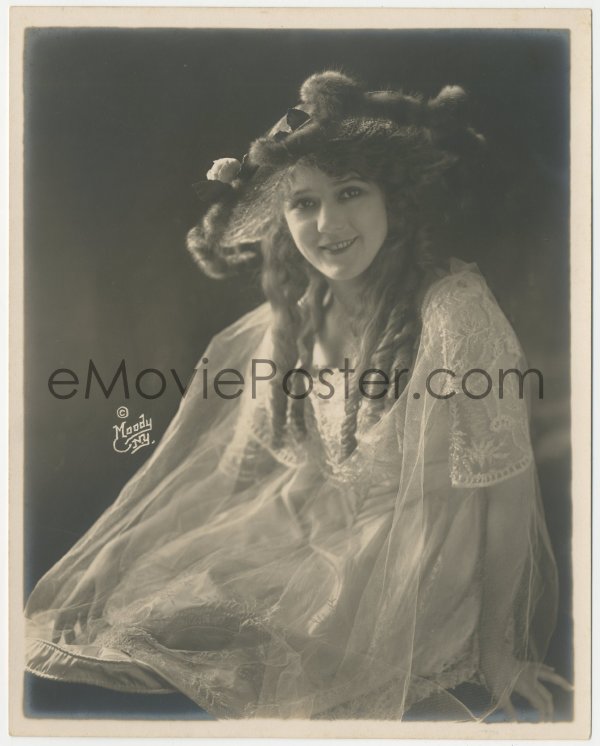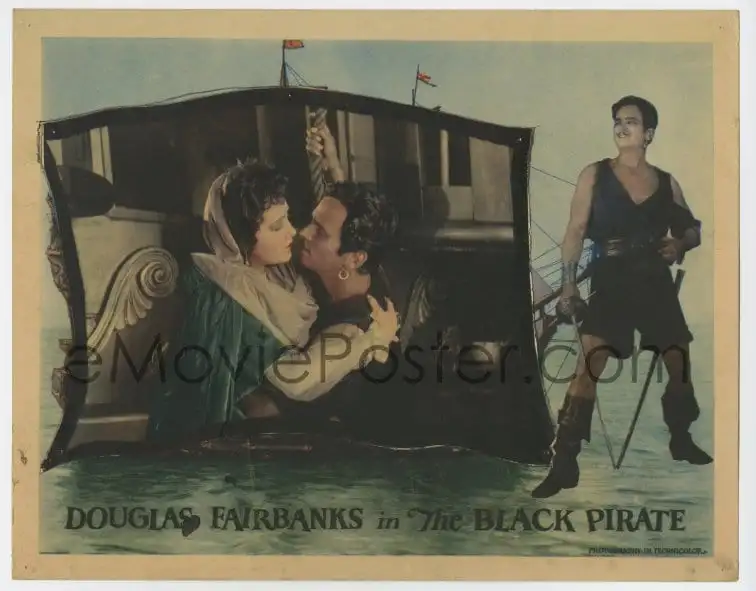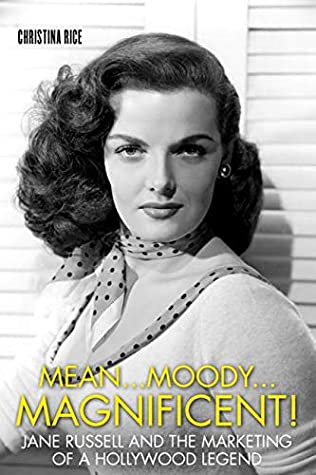Dimitris Passas
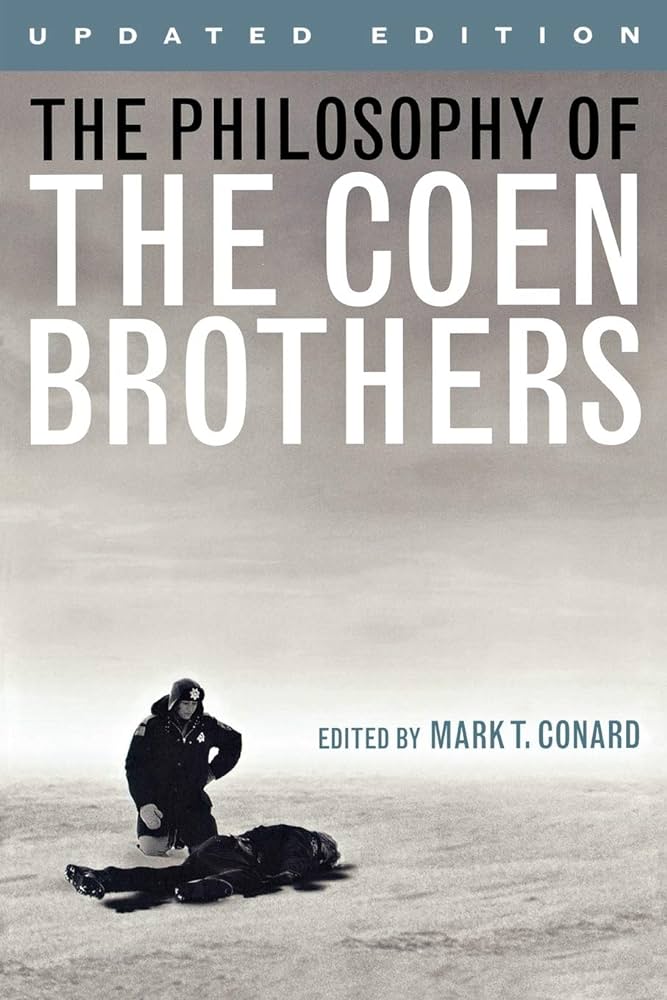
Conard stresses that despite the presentation of several hard-to-grasp in their entirety philosophical concepts, the book is accessible to everyone and no former knowledge of the history of Western thought is required in order to comprehend the essays. Nevertheless, many readers, as I realized by reading some online reviews about the book, seem to think that there are some parts where the scholarly aspect is overtly heavy-handed and that was the reason why their ratings were mediocre. I was fortunate enough to be familiar with the majority of philosophers mentioned in the essays as my post-graduate studies were on philosophy, so I am not the most fitting individual to judge whether or not The Philosophy of the Coen Brothers is a widely accessible collection. Throughout the pages, one comes across the ideas and concepts conceived by some of the most renowned intellectuals that marked philosophical thought such as Aristotle, Plato, Friedrich Nietzsche, Martin Heidegger, Søren Kierkegaard, and the proponents of Existentialism, and numerous others whose influence on the discipline of philosophy is colossal and unanimously acknowledged. The authors of each essay are prudent enough to present their arguments simply and concisely and even obscure notions such as the Heideggerian “Dasein” are treated in such a way that a layman can understand their use in the specific context.
The Coen brothers’ oeuvre consists of more than 25 films and in the majority of them they are also screenwriters. Their debut took place in 1984 with the release of the iconic neo-noir Blood Simple, a film that adopted some of the most recognizable classic noir tropes combined with a touch of irony and dark humor that made it easier to stand apart from its predecessors. From then on, the duo has written and directed films of any genre and in their filmography, we come across gangster films, comedies, modern westerns, and most importantly some of the most shining examples of the neo-noir movement that helped to define and evolve the, relatively new, genre. The majority of essays featured in this collection analyze the Coens’ work from the perspective of the distinction between the two types of noir (classic and neo) and the reader obtains a comprehensive idea regarding the nuances between them. In the second essay of the first part, titled “The Human Comedy Perpetuates Itself: Nihilism and Comedy in Coen Neo-Noir”, Thomas S. Hibbs examines the effects of nihilism and pessimism in Coens’ films, employing Friedrich Nietzsche’s views on the subject in order to make clear his point that the fictional characters living and acting in imaginary settings in the brothers’ movies essentially inhabit an absurd universe, that is a world “divested of value, a world without hierarchies of meaning, a world of stark individual freedom”. The lack of any inherent purpose in the world had been one of the fundamental teachings of the Existentialists, a school of thought that underlined the desperation of a man who has lost any fixed point that would allow him to view life from a brighter perspective. Camus defines the absurd as “the divorce between the mind that desires and the world that disappoints, my nostalgia for unity, this fragmented universe and the contradiction that binds them together”.
While Nietzsche agrees with the Existentialists concerning the essential meaninglessness of the world, he is not advocating hopelessness and he doesn’t lament this fact as he sees it as an opportunity for the spirit to become empowered and for the man to acquire his own identity through the sheer power of his will. If we backtrack for a while, and re-examine the noir pictures of the 1940s and 1950s, we will realize that they embrace a pessimistic worldview as the characters, and especially the protagonist/hero, are bound to submit to the universal truths that will eventually crush him as an individual. In neo-noirs though, there is hope for the new type of hero who will implement his will, through the use of wits or force, to disengage himself from a dire predicament. Thus, he becomes an “active nihilist”, the type of new man who will be at the forefront of what Nietzsche calls the “transvaluation of values” and will construct his identity all by himself in a process that is personal as well as aesthetic. Hibbs summarizes the development of noir in time and the emergence of significant differences as follows: “Neo-noir’s greatest departure from classic noir consists in a turn to aristocratic nihilism. The most resourceful of these characters are in control of the noir plot, using their cunning and artistry to ensnare others”. The new human identity is aesthetically assembled through the endorsement of style.
Style is another aspect that differentiates the two types of noir and refers both to that conerning the characters of the stories and the actual form that the film obtains under the guidance of the director(s). All neo-noir films share the inclination to be too self-conscious in terms of their visual style in a way that prompts the audience to discern a comical side even in the grimmest of stories. Hibbs writes that “in neo-noir, the accentuation of hopelessness and the overtly self-conscious deployment of the artistic technique make the turn to dark comedy nearly inevitable”. Style becomes the actual subject of the film and the audience is invited to the artifice, to get in on the “joke”. Furthermore, as far as the characters are concerned, the acquisition of a personal style is something as essential as breathing to form a coherent sense of identity. In his article, “What Kind of Man Are You? The Coen Brothers and Existentialist Role Playing”, Richard Gaughran writes that “many Coen characters adopt a style, an aggregate of gestures, principally in order to define themselves, to create an identity”. There are more than a few examples of Coens’ protagonists to clarify that theory: “The Dude” Lebowski, Jerry Lundegaard, Everett McGill, the characters in Miller’s Crossing, and even more. Whether it is about the use of the correct hat in Miller’s Crossing, a hat which is inextricably linked with power within the story’s universe, Everett McGill’s obsession with his hair and a specific pomade, or Lebowski’s bohemian exterior, the endorsement of such peculiarities is more than crucial for these characters. In Paul Schrader’s words, it is within the confines of the absurd universe that “the style becomes paramount; it is all that separates one from meaninglessness”. If pre-fixed values are non-existent as nihilism claims, then it is the duty of the individual to build his own style and identity.
The Coens are also famous for their use of setting, and the choice of the right terrain for a modern noir to take place. They avoid big cities and as a rule, they go for small towns in the American countryside, with a clear preference for Texas, and they usually opt for a Western-like wilderness which reflects the cruelty of the stories. Gaughran underscores: “The setting becomes a character at least as important as any of the human characters”, while Paul Schrader, the acclaimed American screenwriter of films such as Taxi Driver and the man who adapted Nikos Kazantzakis’s novel The Last Temptation of Christ into a screenplay, argues, in his essay on film noir that the prominence of setting leads to a fatalistic, hopeless mood as the individual is always subject to its whims and caprices, rendering him a kind of a pawn in a game which he doesn’t understand: “Characters act freely, but they do so within an uncaring, hostile environment, that is, within the realm of the absurd”. The tyranny of the environment that surrounds the character amplifies his existential angst and often leads him to fateful decisions. Take, for example, the Fargo locale. It is a canvas of pure whiteness, so much that some define this movie as “film blanc” (“white movie”), that swallows the protagonist, the meek swindler Jerry Lundegaard who sees his life unravel after he decides to kidnap his own wife in order to get the bulky ransom from his father-in-law. Minnesota and North Dakota offered the best of backdrops for the Coens’ bleak story, one of the best neo-noirs of all time.
But there are also examples of movies such as No Country for Old Men, a film in which the brothers omitted the irony and the dashes of dark humor in favor of a more “serious” approach to the story, that merges the Western setting with the noir plotting. This movie lacks what is termed as “meta-irony”, one of the chief characteristics of the brothers’ earlier movies that refers to the “level of detachment, a sense that their movies were meant to be taken as just stories, that you should not take them too seriously”. “It was the first film created by the Coens that is based on a novel, one of Cormac McCarthy’s most popular works, and “it is and is not a classic western”. In one of the last essays of the collection, Richard Gilmore’s “No Country for Old Men: The Coens’ Tragic Western”, the author, in an attempt to correct an impression acquired by few regarding the importance of the character of Anton Chigurh, argues that this film, and the novel, revives the motifs that were first introduced in the Ancient Greek Tragedy. Chigurh is the embodiment of evil, “a walking abbatoir (…) he is like a modern version of the traditional figure of Death with his scythe”. Nevertheless, the focus is elsewhere. He supports this statement by writing that “what is of interest to McCarthy and the Coens is rather what happens when a good, but flawed, man encounters this force of nature in human guise”. This type of character arc is truly reminiscent of several tragedies where the tragic hero falls victim to his own hubris and gets punished despite, or exactly because, of his flaws and virtues. Llewelyn Moss is the modern tragic hero, a taciturn westerner who stumbles upon the scene of a massive shooting, the result of a drug deal gone wrong, and collects the bag of money that lies there.
By doing this, Llewelyn sets off a mechanism that will propel the plot of the story forward and seal his fate, as an experienced contract serial killer, Chigurh is charged with the task of retrieving the money. Llewelyn commits hubris as he oversteps his personal limits, paying no heed to the ancient Greek commandment “Know thyself”, and what follows is a journey of pain that concludes with his murder at the end of the movie. As Gilmore summarizes “his experience is a Greek tragedy in miniature”. Apart from that, there is something else that binds No Country for Old Men with tragedy and that is the element of fatalism, which is the belief that “you are what you do and that what you have done cannot be undone (…) that what you do, what you have decided, will have its natural consequences in the world, and there is no avoiding or evading these consequences”. In the Coens’ fictional universe, each action we take leads inevitably to a certain result and this is a reality that man has to face and accept in order to develop and grow. The voiceovers, where Sheriff Ed Tom Bell ponders on the human condition, further emphasize the above point and it is after the finale of the movie that we witness the inescapable progress of a predetermined story. The movie was a huge critical as well as commercial success, but perhaps Gilmore is right in stressing the misinterpretation, which partially stems from Javier Bardem’s stellar performance, that wants the character of Chigurh to be at the epicenter of the story.
Despite their embracement of a nihilistic worldview, the Coen brothers can be rightfully labeled as comic filmmakers mainly because of the levity by which they treat their characters: “Many of the absurd characters are entertaining and likable and even some of the Coens’ nihilistic destroyers are attractive for their defiant energy”. As it happens in several more recent productions, the villain, or the “evil antihero”, is portrayed as more interesting and alluring than the “good guys”, thus subverting the audiences’ expectations as “they mock properly human longing for justice, truth, and love”. Other characters, such as the “Dude” Lebowski choose to shrug off the seriousness and gravity of the existential void by living lightly and taking it easy, offering many instances of heartfelt laughter to the viewer: “His way of life affirms the equal significance or insignificance of all human endeavors”. “The Dude” is a hilarious protagonist and Big Lebowski is one of the most entertaining Coen brothers picture. In this review, I tried to present some of the most important points in my favorite essays, and the choice is strictly subjective. There are more mentally challenging essays involving prominent thinkers such as Heidegger Kierkegaard and others. The collection apparently covers all tastes. If you are into Coens’ cinema and also have a flair for the work of grand philosophers, then The Philosophy of the Coen Brothers is a must-read. I would also advise checking out the totality of the “Philosophy of Popular Culture” series as you will surely find some subjects that will entice you to promptly begin reading. This was one of the most informative and enlightening reads that I’ve had in a long time and I strongly recommend it.
